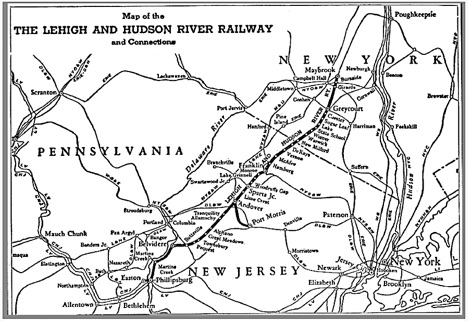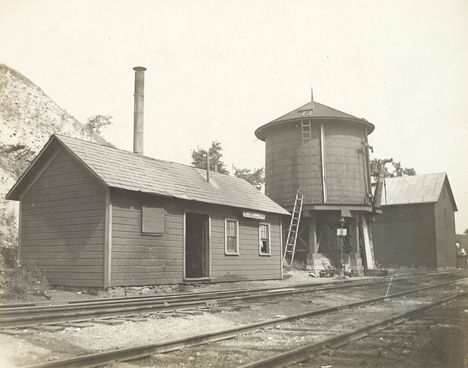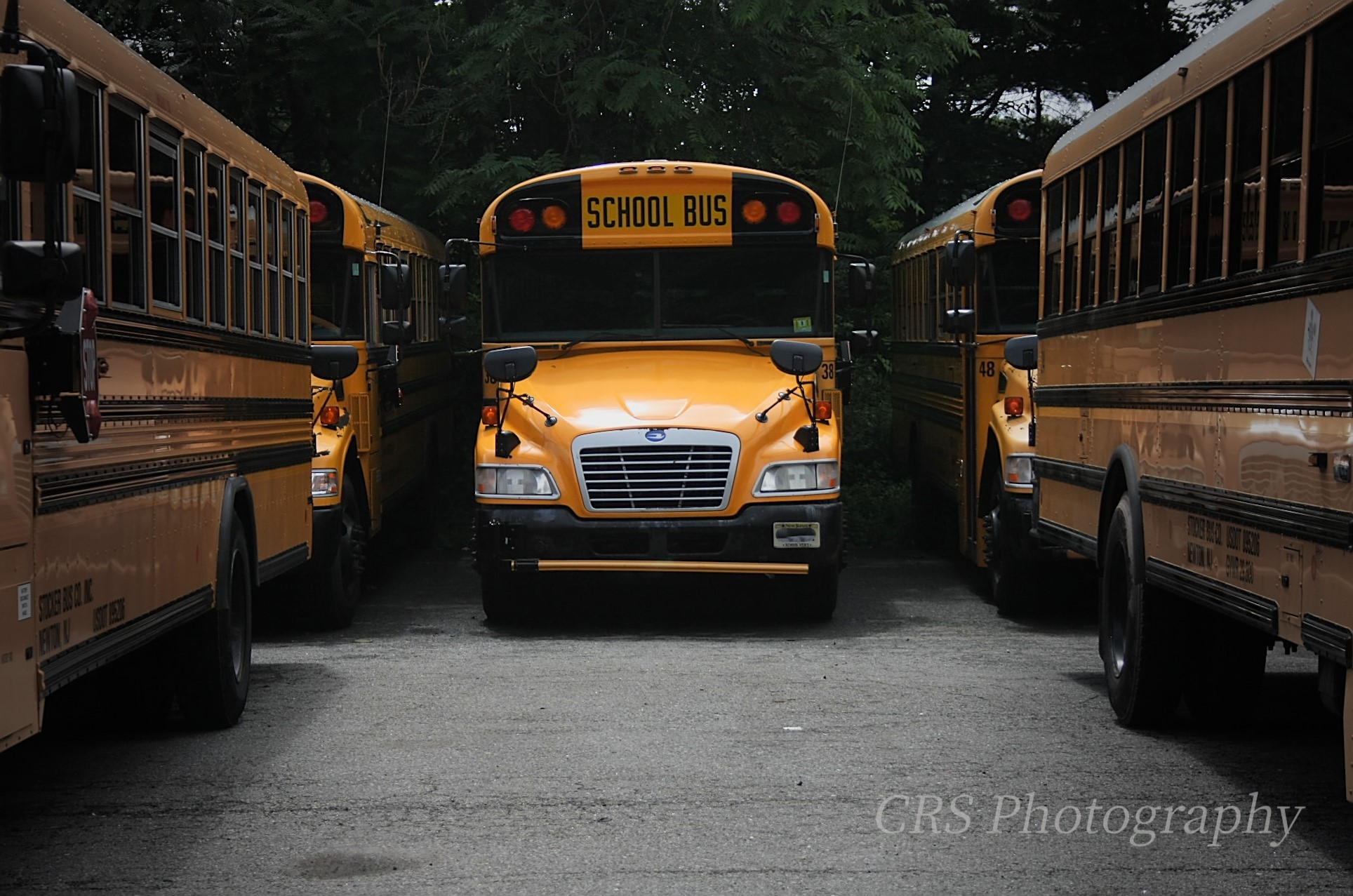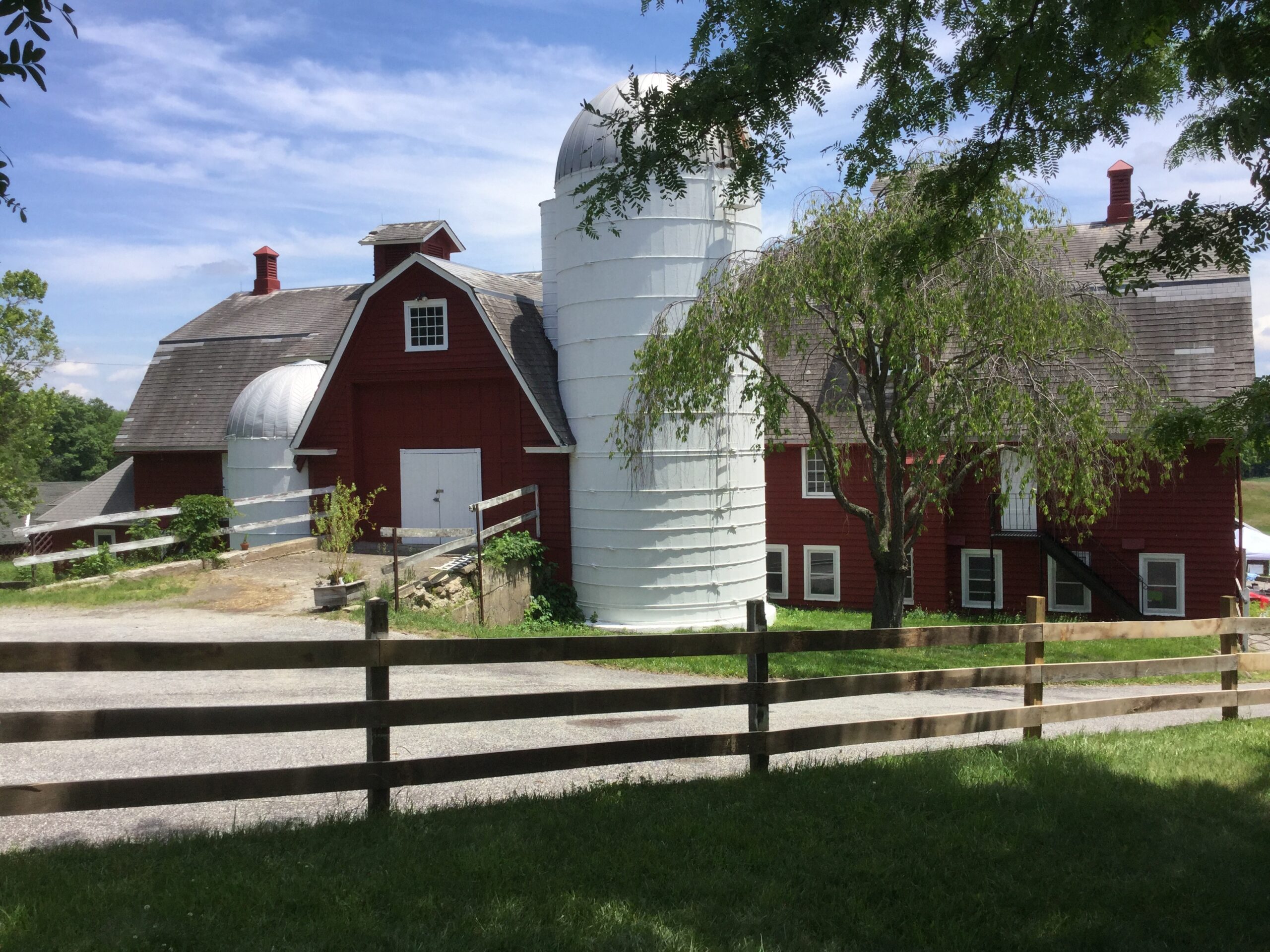What would ultimately become the Lehigh & Hudson River Railway began at an organizational meeting in Warwick, New York in 1859. The idea for the railroad was first proposed in early 1848 when the recently completed Erie Railroad from Dunkirk on the shores of Lake Erie to Piermont on the Hudson River had been completed and was in operation.
The Warwick Valley Railroad was chartered by the New York State legislature in the spring of 1860, granting authorization for the rail line to extend from Warwick to a connection with the Erie Railroad at Greycourt, only 10 miles away. The money for this venture was raised by local subscription and by the spring of 1862 the railroad was built and functional. The primary driving force behind the new railroad was Grinnell Burt, a leader in the Warwick community. He was named the first president of the Warwick Valley Railroad.
The management of the Erie Railroad encouraged the development of small short feeder lines like the Warwick Valley Railroad to connect with their main line. This encouragement could come in the form of providing the new lines with construction expertise or the use of equipment to run the new railroads. In the instance of the Warwick Valley Railroad, the line was operated using Erie equipment for almost 18 years.
In their book “Lehigh & Hudson River – Volume 1: The West End,” Ed Christ and John Krause noted that the Warwick Valley Railroad began looking south to the Delaware Water Gap as a gateway to the Pennsylvania coal fields.
“In 1880, the company made a modest extension from Warwick to McAfee, New Jersey to tap the lime kilns that operated there. As the extension was completed, grander plans were in the making, and a charter was obtained from the New Jersey legislature for the Lehigh & Hudson River Railroad, to be built from Belvidere to Great Meadows. A competing group organized the Pequest & Walkill [sic] with even grander plans to build from Belvedere to the New York State line. With the number of routes being limited, the two groups got together and merged as the L&HR Railroad in May of 1881.
“Events moved quickly: on April 1, 1882, the Warwick Valley and the L&HR Railroad were formally merged into the Lehigh & Hudson River Railway; on August 14th of the same year, the new line was opened from Belvedere to Greycourt, a length of 62 miles. The three-mile gap in the line from Hamburg to McAfee had been closed the previous September by purchasing the orphaned three-mile branch of the Sussex Railroad. The L&HR had tried to buy the entire Sussex Railroad but was thwarted by the Lackawanna.”

This map of the Lehigh & Hudson River Railway shows the main line of the railroad going south through Sussex County after passing out of Orange County, New York. A train would have to pass through the stations at DeKays, Vernon, McAfee, Hamburg, Franklin, and then Monroe before arriving at Lake Grinnell.
Lake Grinnell
Lake Grinnell, located in Sparta Township, was known as Lane’s Pond during the 1860s. The lake is thirty-one acres in area and is located in the northern corner of the township, south of the hamlet of Monroe and east of State Route 94. Homes currently line the northern and eastern shores of the lake. The Lehigh & Hudson River Railway completed construction of the line along the western edge of the lake on July 11, 1882 and had the last spike driving ceremony there. It was at this point the name of the lake was changed to Lake Grinnell, in honor of the president and founder of the rail line, Grinnell Burt. By 1900 – 1905, the railroad company owned approximately eighty percent of the lake area. The Knickerbocker Ice Company used the lake to harvest ice that was stored in local icehouses and later shipped to the New York City area by rail.
The lake was also the site of the famous farmers’ picnics during the early part of the twentieth century. The rail line provided special excursion trips to these annual events.
The railway makes improvements
In the 1890s, the Lehigh & Hudson River Railway had developed a plan to systematically construct improvements along the rail line that would support their operating equipment and the ice industry which used the adjacent lake. These plans for expansion also included added engines and rolling stock that would support the increased freight and passenger traffic.
In the case of Lake Grinnell, the company erected a water tower, pumphouse, and ice house on the west side of the tracks, directly opposite the island in the lake. They also later built a second ice house and an ice loading / processing plant. The two ice houses were built just north of the water tower and the ice loading plant was situated on the peninsula on the east side of the tracks and just north of the island.

This photograph was taken c.1904, most likely by Alva Jackson Bloom, a professional photographer based in Hamburg Borough. Although the building in the foreground might appear to be a station on the Lehigh & Hudson River Railway, in reality it is a pumphouse, built in 1893. The water tank, built the same year, had a capacity of 35,000 gallons of water to feed the steam engines. Beyond the water tank is the ice house, which measured 40 feet wide, by 80 feet deep and 21 feet in height. The switch directly in front of the pump house is manually controlled by the Ramapo switch stand seen in front of the water tank. Behind the switch stand is a velocipede. This is a one-man, three-wheeled rail inspection vehicle, which was hand-powered by a worker sitting in a steel seat and pumping a handle back and forth directly in front of him.
The accompanying photograph was taken c.1904, most likely by Alva Jackson Bloom, a professional photographer based in Hamburg Borough. Bloom was the only professional photographer working in the Wallkill Valley from 1900 to 1940.
Although the building in the foreground might appear to be a station on the Lehigh & Hudson River Railway, in reality it was a pumphouse, built in 1893. The wood-framed structure measured 31 feet wide by 12 feet in depth and was set on a mortared field stone foundation and had an entryway essentially at grade. The building had a simple gabled roof that ran parallel to the tracks. The roof was covered with squared rectangular slate shingles.
The pump house was sided with what today is known as wood novelty siding. There was only a single entrance into the building, on the trackside. There were two 6 / 6 double hung windows to the right of the entrance. In all probability, this building did not have electricity when the photograph was taken. Instead, illumination inside of the structure would have been provided by kerosene lamps.
The wooden water tank, seen just beyond the pump house and built the same year, had a capacity of 35,000 gallons of water to feed the steam engines. The water tank was supported by massive timbers with a cross-section of at least 12 inches by 12 inches. The timber-framed base of the tank rested on a substantial stone foundation that was surmounted with a brick leveling course that measures roughly 16 inches square in cross-section. On the side of the tank, facing the camera, was the wooden gauge that reflected the water level in the tank.
Beyond the water tank was a substantial ice house, which measured 40 feet wide, by 80 feet deep and 21 feet in height. This ice house was built in the same year as the pump house and water tank. The ice house had the capacity to accommodate roughly 1,365 tons of ice in storage. Unlike the pump house, the single gabled roof of the ice house was covered with rectangular sheets of metal that were joined together where they overlapped.
The switch directly in front of the pump house was manually controlled by the tall Ramapo switch stand seen in front of the water tank.
During the winter months, ice was be harvested from the lake, cut up into rectangular, blocks, and then stored in the large ice houses. The ice would be kept in these structures until there was a demand for it in the urban areas of the state. The blocks would then be loaded into railroad cars specifically designed to transport the ice.

Wayne T. McCabe, a fifty-year resident of Sussex County, is active in preserving and publishing local history. He serves as President of the Sussex County Historical Society and is a National Park Service qualified architectural historian and a licensed professional planner with 44 years of experience in historic preservation. READ MORE





